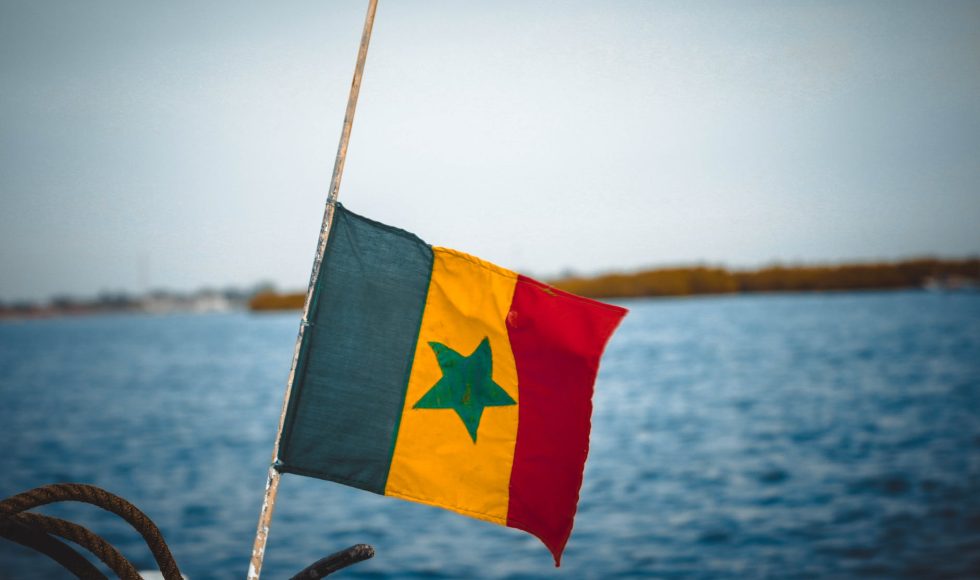Abdou Padane from the Institute for Health Research, Epidemiological Surveillance and Training (IRESSSEF) in Senegal, spoke at the Nanopore Community MEeting 2021 about the “Molecular distribution of SARS-CoV-2 in Senegal.” Padane is a medical researcher, doctoral student, and manager for the BSL3 lab! They noted that Senegal is a West African country with free movement of people, and these movements pose a threat for disease surveillance and control. Padane set up a mobile BSL3 lab. The strategy was to build capacity and transfer skills through experience sharing, training, and infrastructure development. Their training was promoted through a network of labs and staff in Africa. After training, they used the MinION Mk1B with R9.4.1 flow cells, the ligation sequencing kit SQK-LSK109 and the PCR Barcoding Expansion. Basecalling was done with Guppy, demultiplexed, assembled with Canu, and polished with Medaka. With the increase of SARS-CoV-2 cases, they purchased a GridION and a similar approach. Padane mentioned they received support and training from ONT that was very helpful in establishing a workflow. Surveillance and sequencing identified mutations in unvaccinated and vaccinated populations. This recording emphasized the importance of training and building sequencing capacity. It was helpful to learn which kits and instruments people used. I wonder how the bioinformatics workflows were run.



